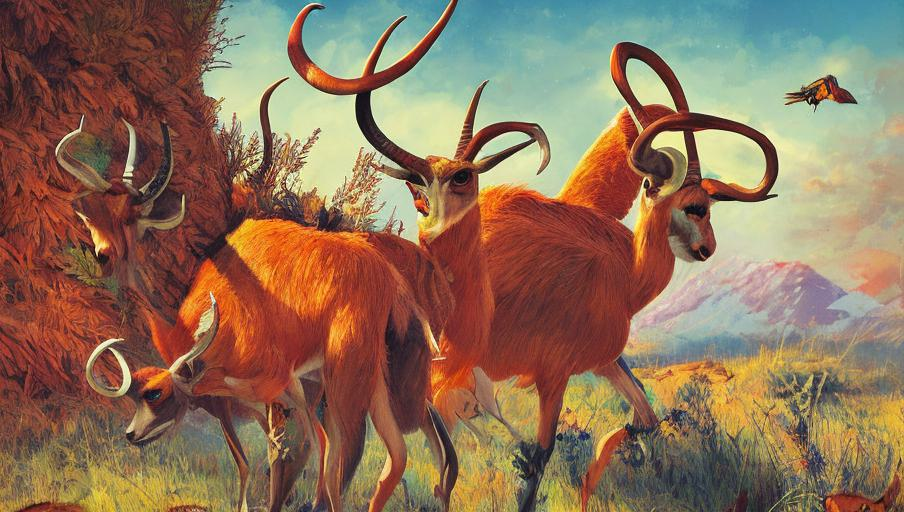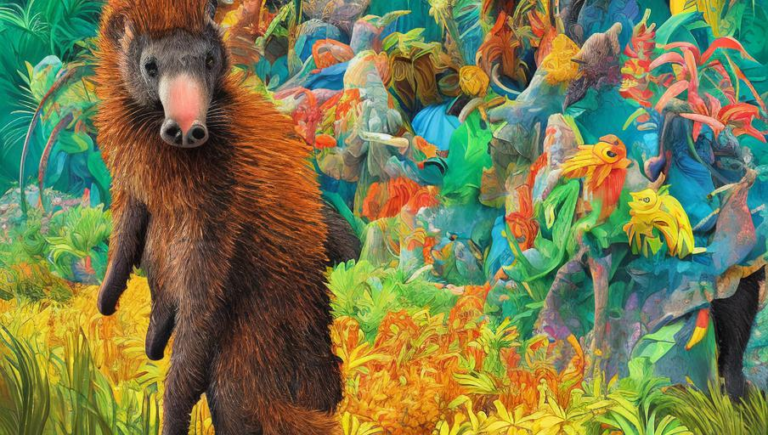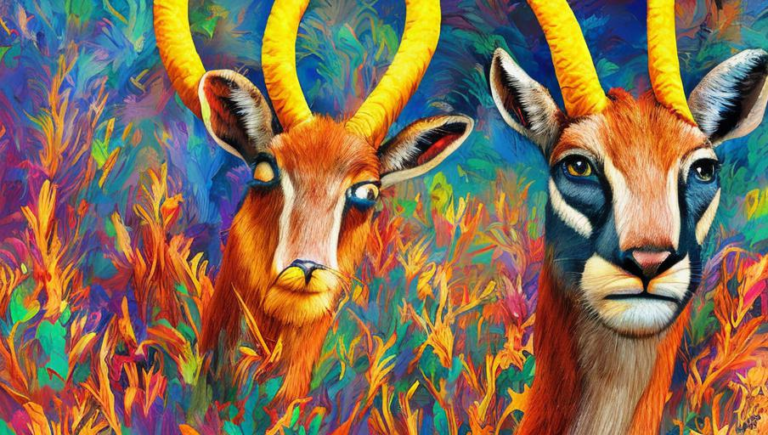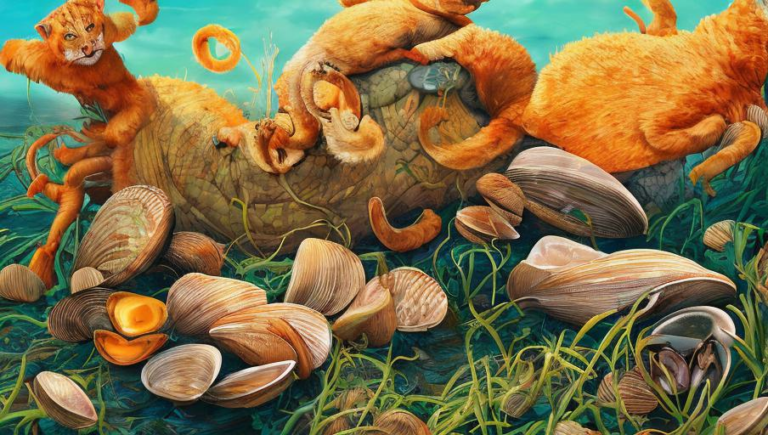Navigating the Wilds: Uncovering the Habits of Antelope

Exploring the Habitats of Antelope
Antelope are one of the most iconic species of wildlife. They are found in a variety of habitats, ranging from the plains of Africa to the grasslands of North America. While they are well adapted to the environment, they still face challenges due to the changing landscapes and climates.
Adapting to the Changing Environment
Antelope are agile animals that can easily adapt to their surroundings. They have evolved to live in a variety of climates and habitats, from arid deserts to lush grasslands. Antelope are particularly well adapted to their environment, with the ability to detect predators even in the dark and to quickly outrun them. They are also able to store large amounts of energy in the form of fat, allowing them to survive during periods of food scarcity.
Behavioral Patterns
Antelope have a number of interesting behaviors, including the unique way they feed. They typically feed in the early morning and late evening, when the temperature is cooler and there is less competition from other animals. During the day, they often seek out shade to help regulate their body temperature. Antelope also have a unique social structure, with males often forming small herds and females forming larger herds.
Preserving the Species
Antelope are facing a number of threats, from habitat loss to poaching. There are a number of organizations working to protect these animals, from the World Wildlife Fund to the African Wildlife Foundation. It is important to recognize the importance of antelope to the environment and take steps to protect them.
Conclusion
Antelope are a fascinating species of wildlife with a number of unique behaviors and adaptations. It is important to recognize the importance of their presence in the environment and take steps to protect them. Conservation efforts, such as habitat protection and anti-poaching initiatives, can help ensure that these animals continue to thrive in their natural habitat.





